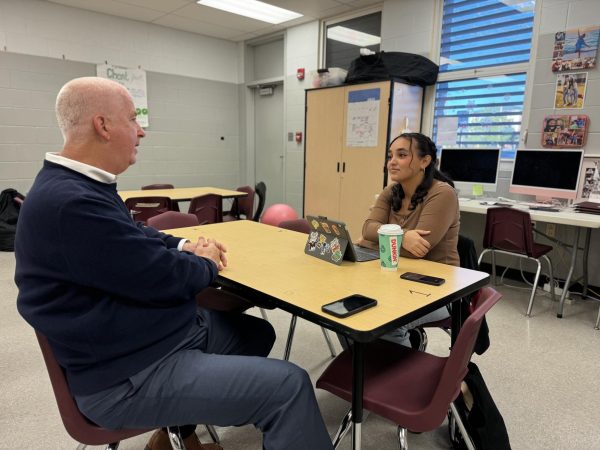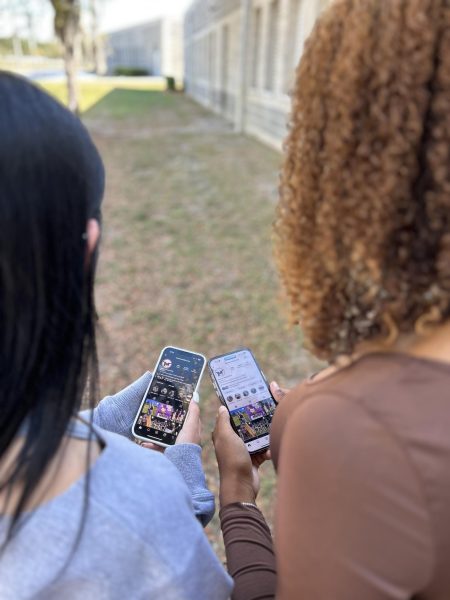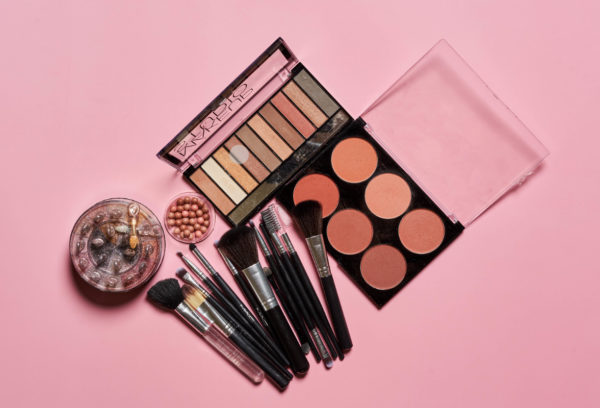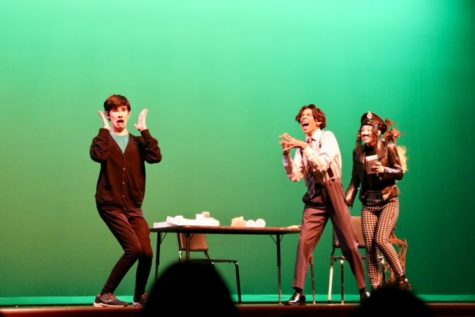WRHS students vote in mock election
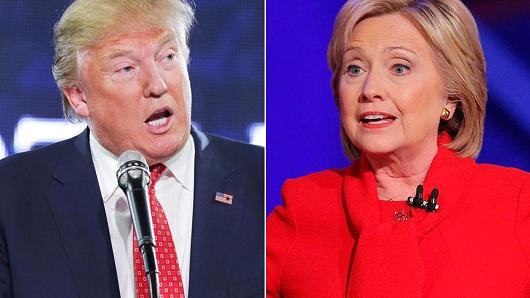
Donald Trump vs Hillary Clinton
Before Donald Trump won the presidential election, students in Pasco County voted for who they wanted as president. Their vote was nearly as close as the actual election. The only difference was the winner.
With a 126 vote difference, Pasco County students elected Hillary Clinton as their president. She won with 8,769 votes opposed to Donald Trump’s 8,643. The third party candidates also received some votes. Gary Johnson received 1,262 votes, Jill Stein had 1,004, Darrel L. Castle got 439 votes, and in last place Roque De La Fuente received 424.
“I voted for Clinton,” said freshman Shane Donofrio. “Even though the vote does not count, I think it is a good idea to get our opinion out there.”
The students had mixed responses to the results of the mock election. Some were happy with results, others were shocked at how close the numbers were, and some simply didn’t care about it at all.
Sophomore Matthew Turner said, “I don’t care who won the election. Our vote doesn’t even count, I don’t even understand why we do the mock election.”
With the majority of Pasco County youth voting for Clinton in the mock election and Donald Trump winning Pasco County in the actual presidential election, it gives some an idea of how the future will look for Pasco County.
“Even though the vote in the mock election doesn’t count towards who the president is,” said ninth grader Lillian Nelson, “it just shows how our ideas differ from older generations and it shows how future elections will be.”
Students were also able to vote for Florida state senator. Republican Marco Rubio won by a large margin with 10,893 votes. Second was democratic candidate Patrick Murphy with 6,773, and in last was libertarian Paul Stanton with 1,833.
“I voted for Patrick Murphy just because he was in the same party as Clinton,” said freshman Lydia Thronesburg.
After students voted, they received a “future voter” sticker. Mimicking the voting routine at actual polling stations.
According to history teacher, Rachel Miller the mock election was a chance for students to “see democracy in action.”
Your donation will support the student journalists of Wiregrass Ranch High School. Your contribution will allow us to purchase equipment and cover our annual website hosting costs.
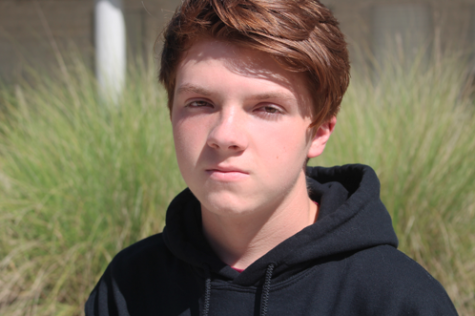
Hi! This is my first year as a writer for the school newspaper. I am in my freshman year at WRHS. I am a member of the class of 2020. Outside of school...

